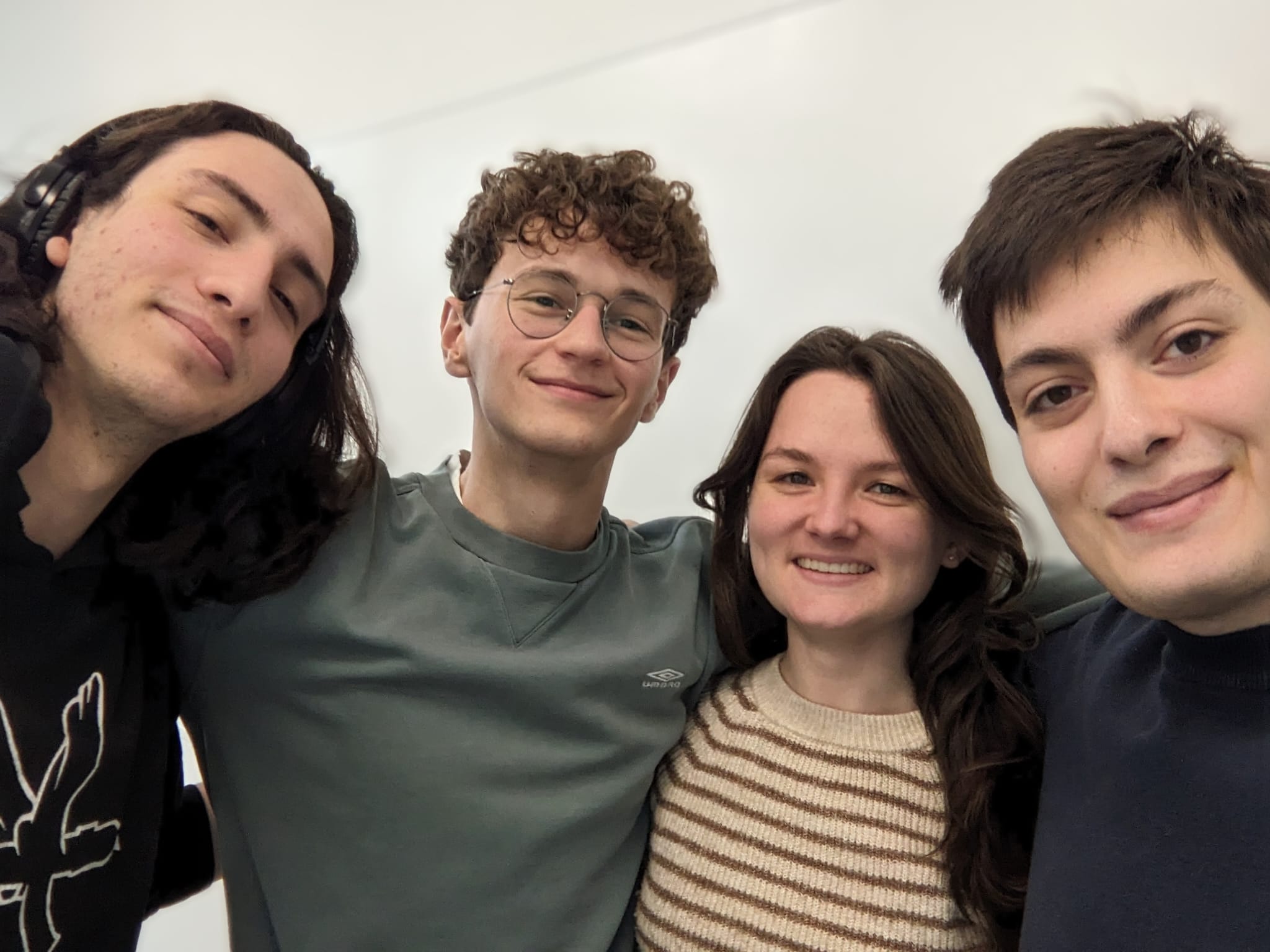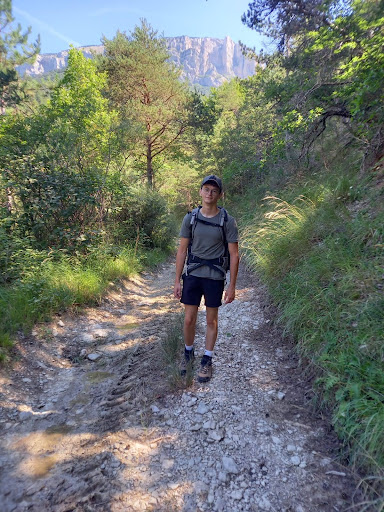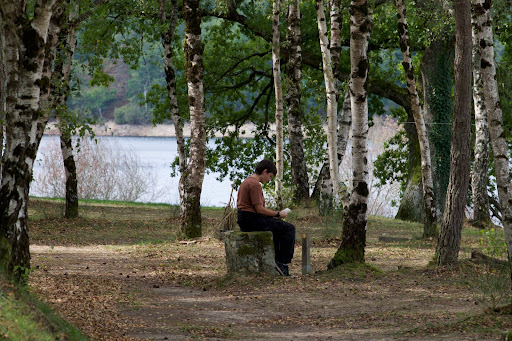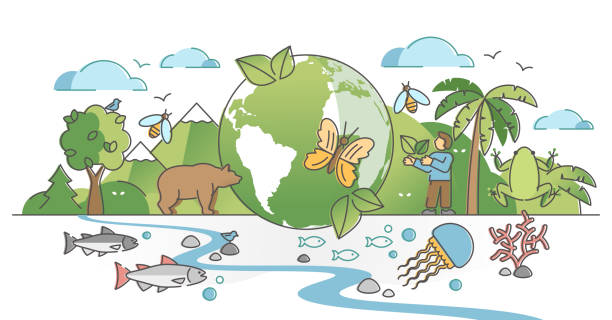
Biodiversity is a word we hear often, but what does it really mean? Why is it so important for our planet and for us?
What is biodiversity?
The word biodiversity is a contraction of “biological” and “diversity.” It refers to all forms of life on Earth—humans, plants, animals, fungi, bacteria—as well as the environments they live in.
Biodiversity exists on three levels:
Intraspecific diversity
First, there is diversity within a species, known as intraspecific diversity. All individuals within a species are different.
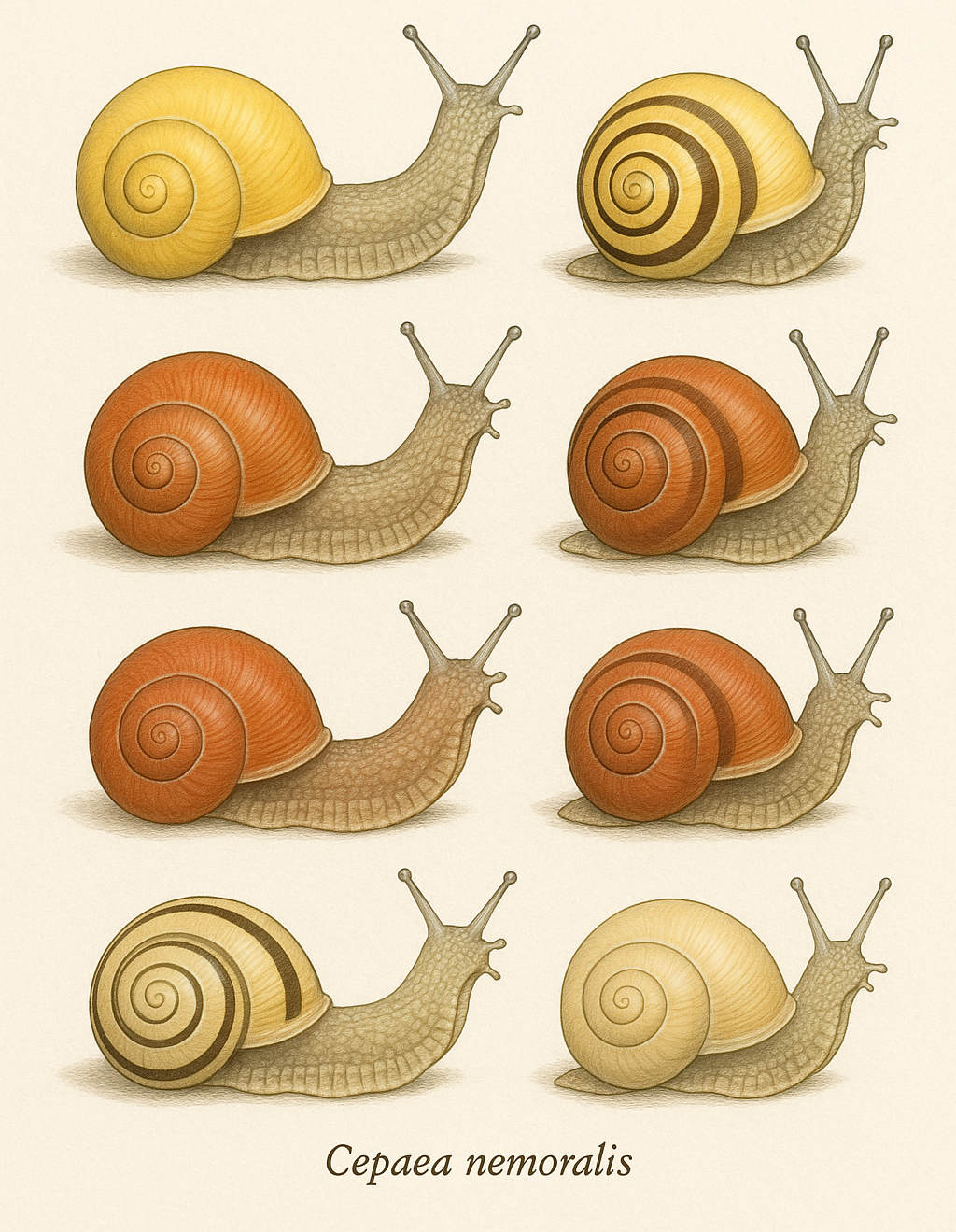
In this illustration, we see that this species of snail exists in many different shapes and colors. Yet, they all belong to the same species. The differences are due to small variations in the snails’ genes: some gene versions code for yellow shells, others for brown ones. It’s the same with human eye color: some people have blue eyes, while others have brown or green.
Interspecific diversity
At a larger scale, we have diversity between species, known as interspecific diversity. There are many species on Earth, each different from the others.
Each species has its own unique characteristics—such as size, shape, color, diet, etc.—that distinguish it from others. These traits help determine whether two individuals belong to the same species or not. But as we’ve seen, individuals can be the same species and look very different. So how do we define a species?
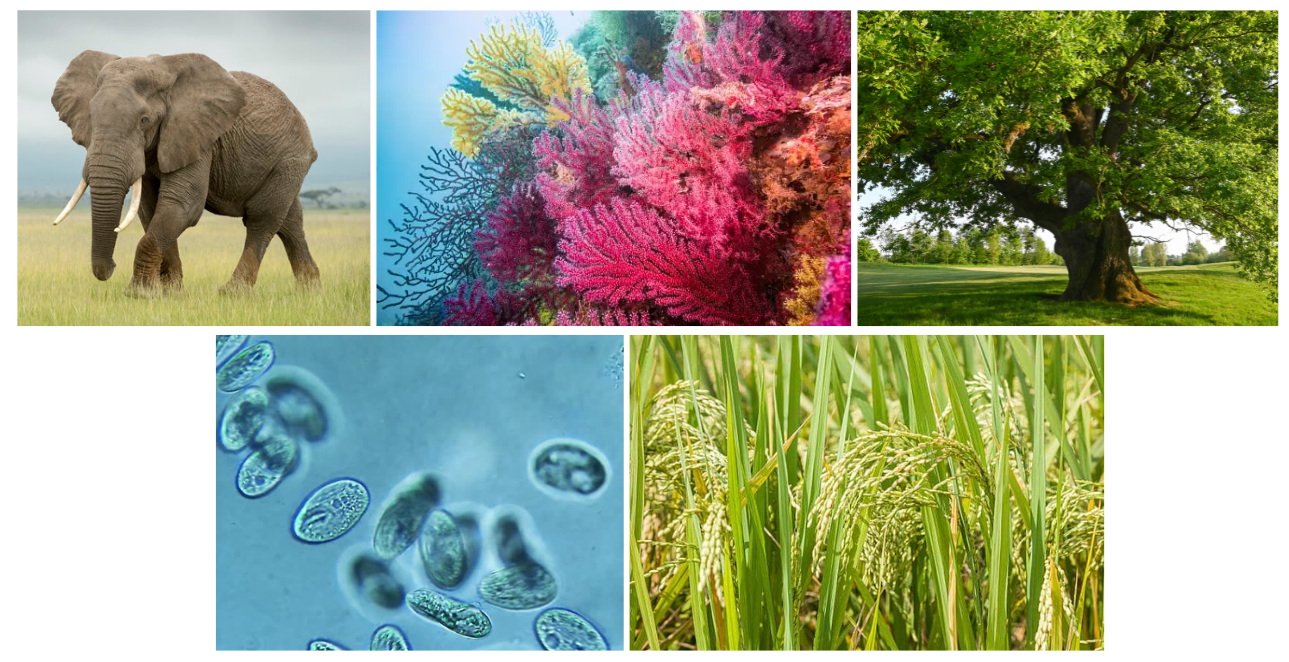
Definition of a species:
From a biological perspective, a species is a group of individuals that can reproduce together and produce viable, fertile offspring. However, there are other definitions as well:
- Morphological species: defined by shared characteristics such as shape, size, or color.
- Phenetic species: defined as groups of organisms that resemble each other.
- Ecological species: defined as organisms that occupy the same ecological niche (habitat, lifestyle, etc.).
Is the liger a species?
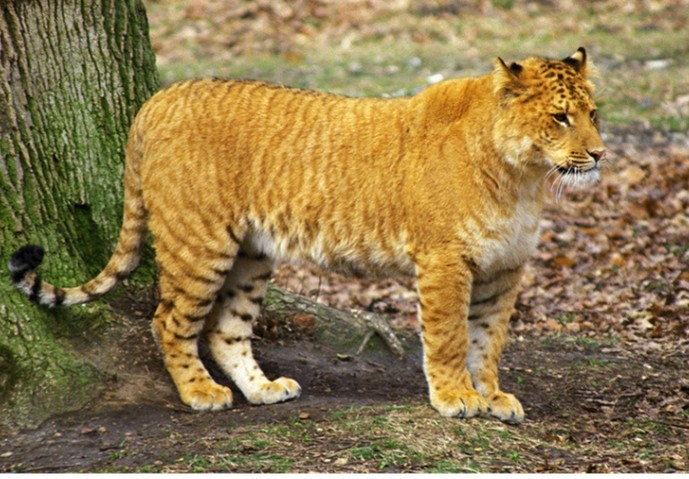
The liger is a hybrid between a tiger and a lion, the result of their mating. But since they can reproduce, does that mean tigers and lions are the same species? No, because the liger is infertile and cannot produce offspring. It is not a separate species in its own right.
Ecosystem diversity
On Earth, there is a vast range of natural habitats that are home to living organisms. To name just a few: forests, rivers, oceans, deserts, and more.

Definition of an ecosystem:
An ecosystem is made up of living organisms and the natural environment in which they live, as well as all the interactions between them. Each species plays a unique and necessary role in keeping the system balanced and functional.
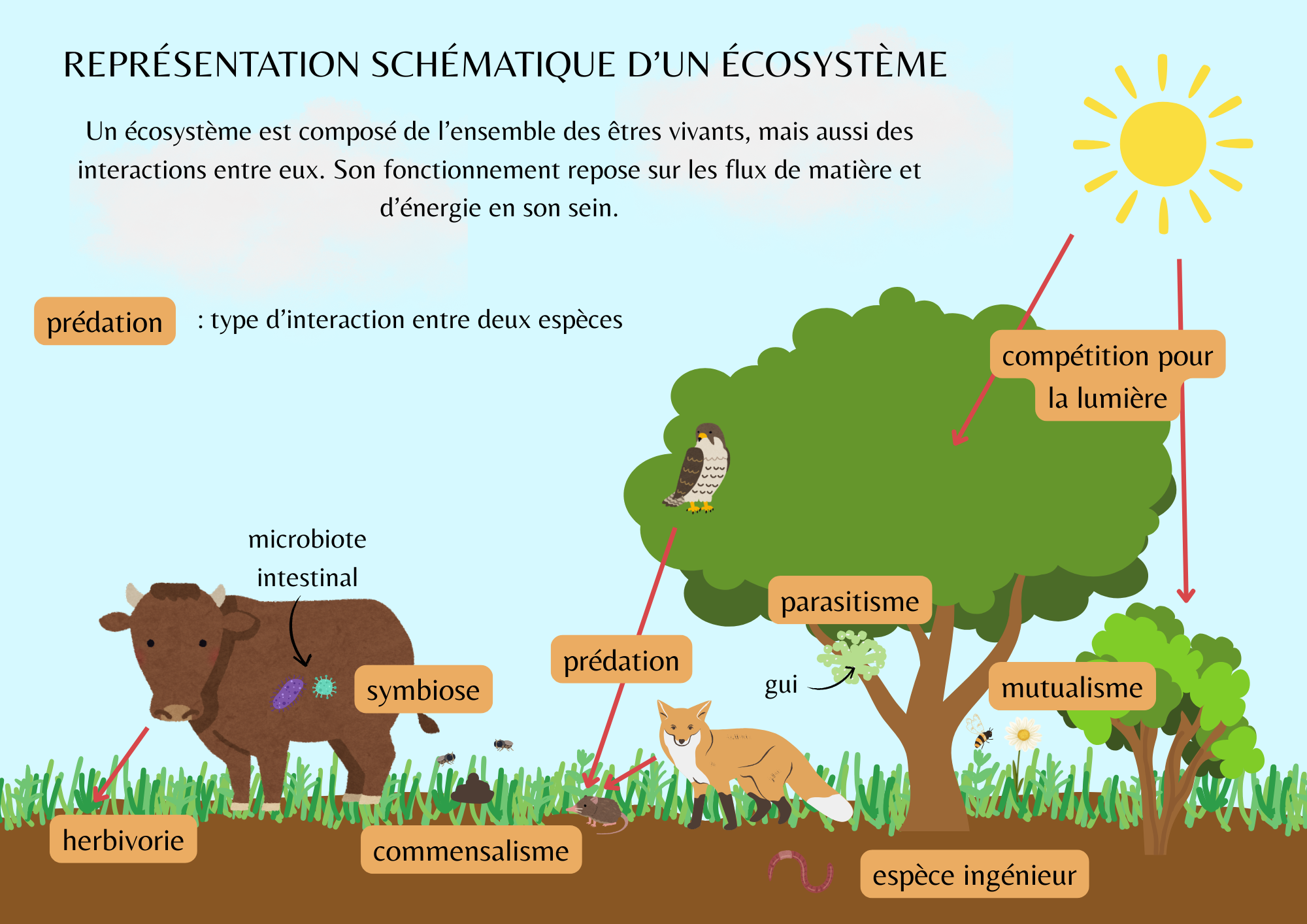
Why is biodiversity so important?
Biodiversity is essential to life. Among the many services it provides, we can mention:
- Food production, thanks to soil health and pollination by insects
- Climate, water cycle, and carbon cycle regulation
- A resource: biodiversity provides medicines, raw materials, and supports life in general
What are the threats to biodiversity?
Biodiversity is currently under serious threat—mainly due to human activities. Scientists believe we may be experiencing a major extinction crisis, with species disappearing at an alarming rate.
To find effective solutions, they have identified the main causes behind this decline:
Destruction of natural habitats
Destruction of natural habitats—through deforestation, urbanization, and intensive agriculture—is one of the main drivers of biodiversity loss.

In the image, we see deforestation in the Amazon rainforest, often referred to as the “lungs of the Earth” and home to unparalleled species diversity. The loss of this habitat has disastrous consequences for climate regulation and the many species that live there. According to IPBES, an international body that addresses biodiversity issues, deforestation accounts for 50% of natural habitat loss—yet these habitats contain over 50% of the world’s biodiversity.
On the right, we see how modern farming practices—including the use of chemicals—destroy the biodiversity of the soil. Agriculture is the most direct cause of biodiversity loss and is responsible for more than 70% of deforestation.
Pollution
Pollution, whether plastic or chemical (medicines, pesticides, etc.), poisons environments and species. It is a major driver of global biodiversity loss.
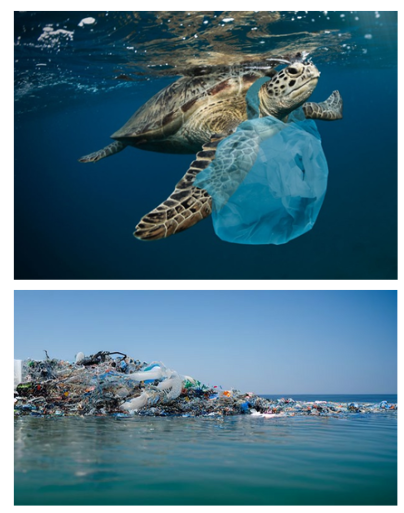
The ocean is particularly affected by plastic pollution. Plastics make up 90% of floating waste in the oceans. A major example is the "plastic continent" in the North Pacific Ocean, sometimes called the sixth continent. Oceanographer Charles Moore measured over 334,000 pieces of debris per square kilometer (ranging from 32,000 to over 1 million).
This poses a serious threat to all populations that rely on the ocean for survival—especially those that depend on fishing.
Overexploitation of natural resources
Many natural resources are overexploited—like oil deposits, whose extraction is increasing while supplies dwindle. But fossil fuels aren’t the only concern: sand, semiconductors, and fish stocks are also being depleted.
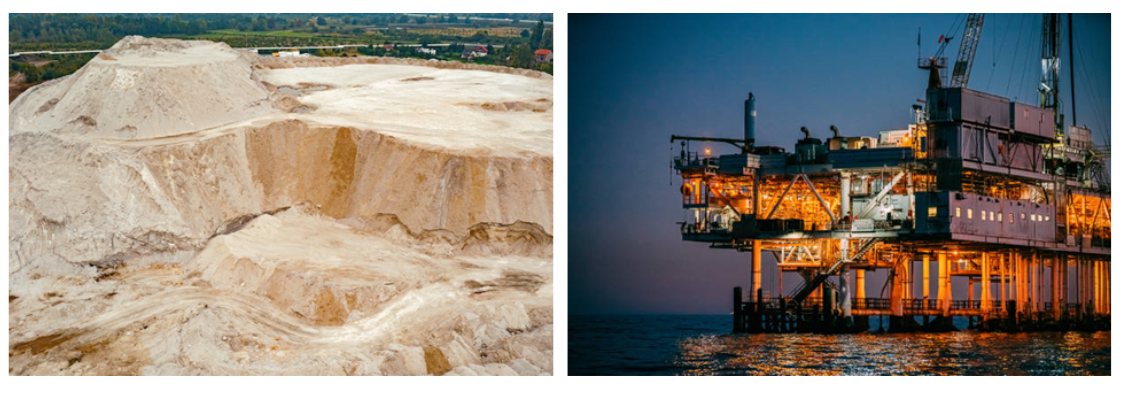
In the future, sustainable management of these resources will be crucial.
Climate change
Climate change affects the non-living conditions of ecosystems—like temperature and rainfall—leading to serious disruptions in their functioning.

Extreme weather events—droughts, floods, cyclones—are becoming more frequent and more intense. This is largely due to climate disruption. Rising temperatures are also indirectly responsible for the increase in wildfires, which are now starting earlier and happening more often.
Invasive alien species
Invasive alien species (IAS) are animals, plants, fungi, or microbes introduced—intentionally or accidentally—outside their natural range. They spread at the expense of native species, ecosystems, and even human activities.
🔍 Definition of an invasive alien species (according to IUCN*):
“An invasive alien species is one whose introduction and spread threatens biodiversity and ecosystems.”
* IUCN: International Union for Conservation of NatureImpacts on biodiversity include:
- Competition with native species for resources
- Direct predation on unprepared native species
- Hybridization with native species, threatening local genetics
- Habitat modification
- Transmission of diseases to native species
IPBES ranks IAS as the fifth leading cause of biodiversity loss. They are thought to be responsible for 37% of recorded extinctions. Over 3,500 IAS have been identified worldwide so far.
What can be done to protect biodiversity?
There are many actions we can take—on all levels.
At the international and national level:
- Creation of nature reserves and protected areas
- Legislation against pollution, poaching, and illegal exploitation
- Restoration programs for degraded habitats
- Promotion of more sustainable farming practices
At the local and individual level:
- Protecting nature near you (gardens, hedgerows, ponds, etc.)
- Reducing consumption of meat and processed products
- Choosing environmentally friendly products
- Limiting pesticide use
- Participating in awareness or conservation actions with associations
